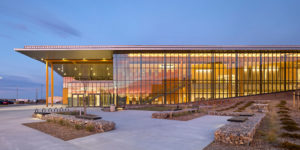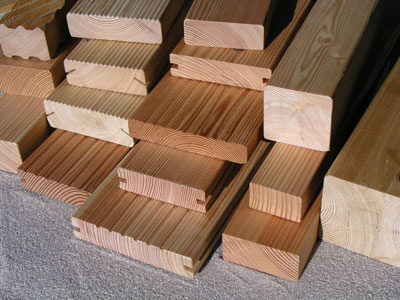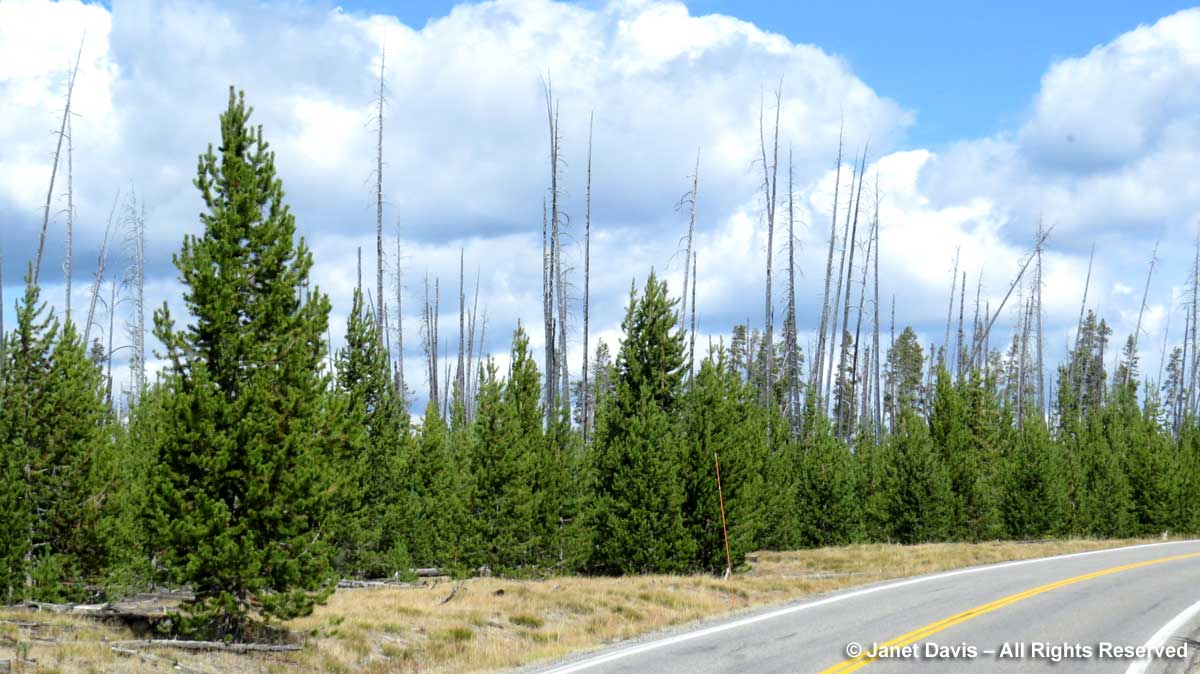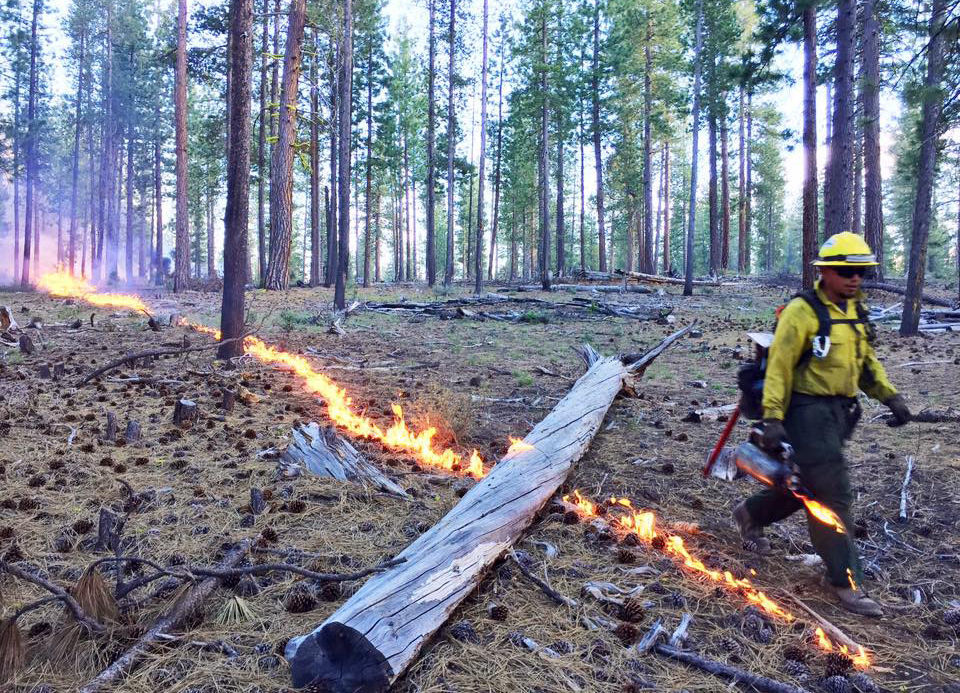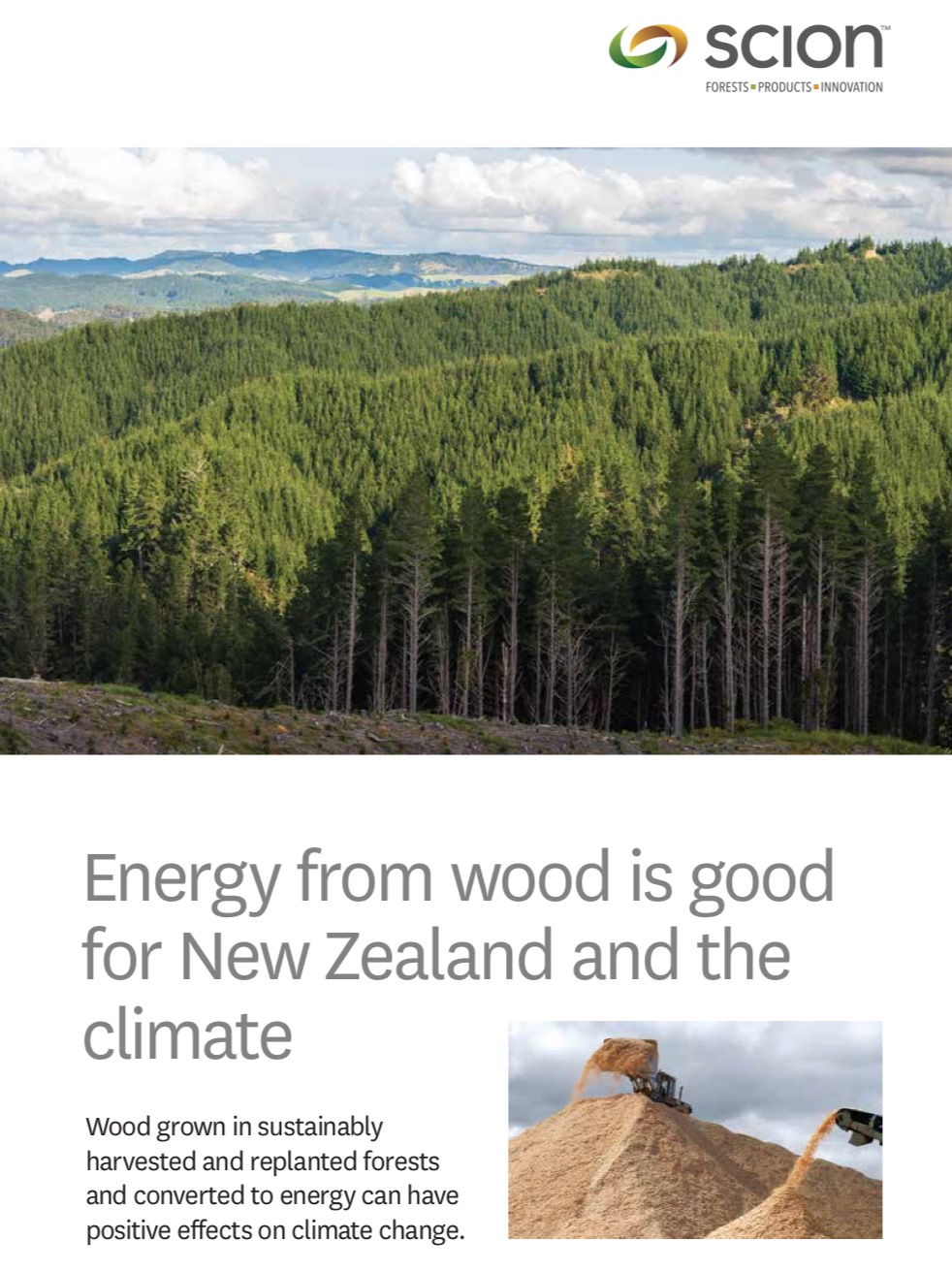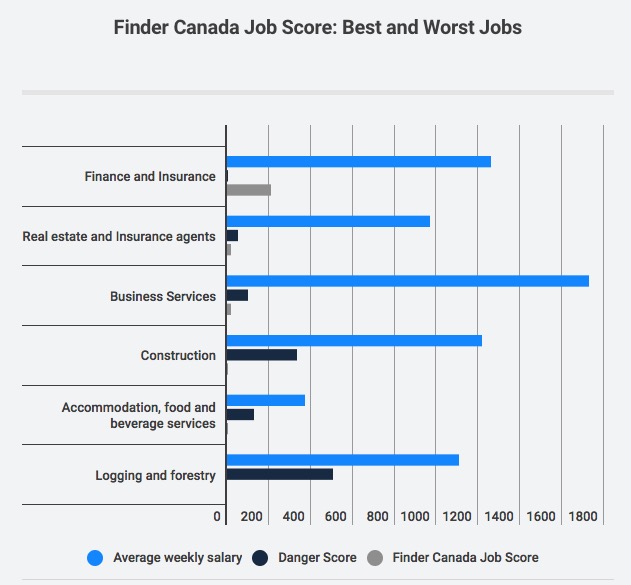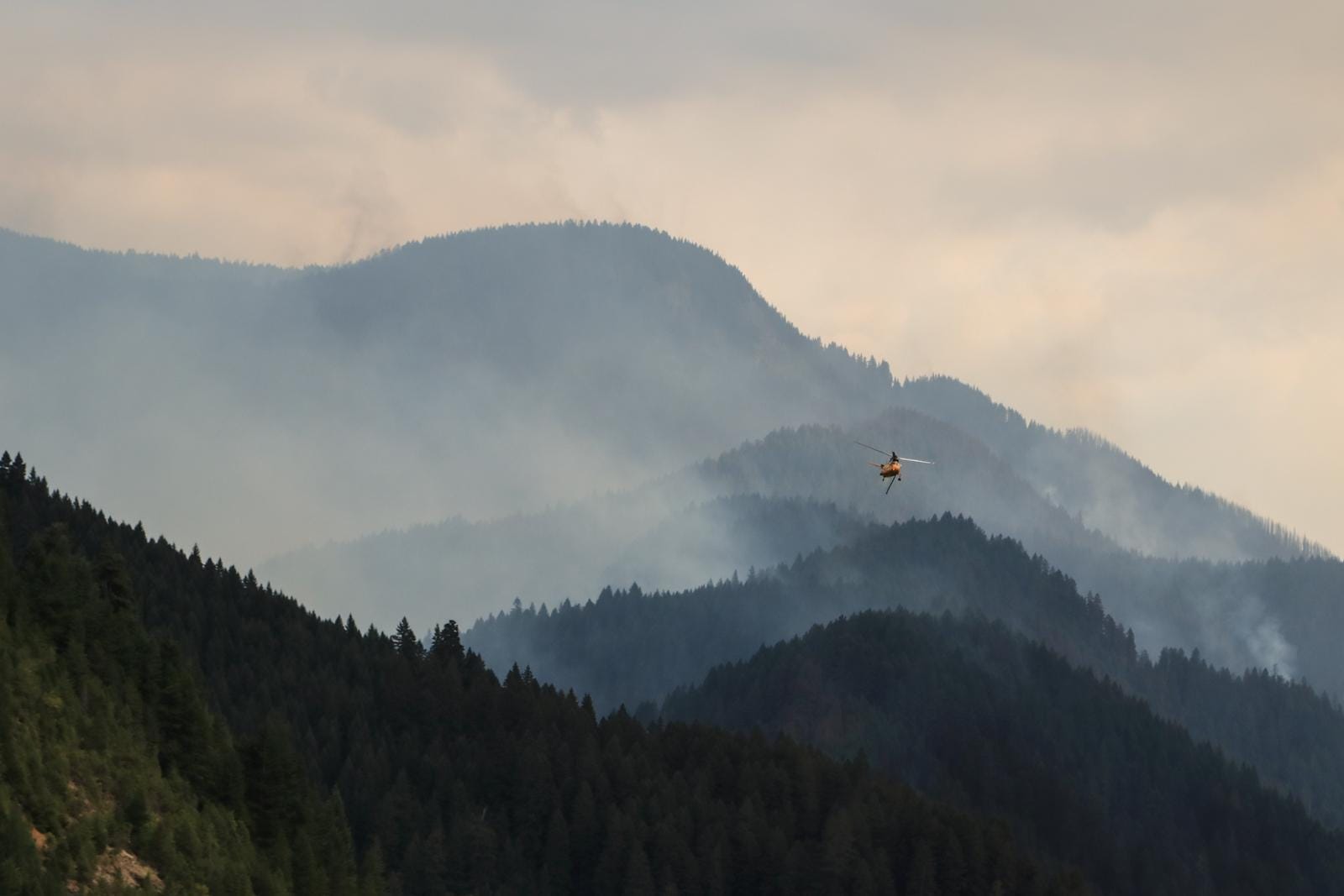 The US and Mexico have reached a trade deal that removes Chapter 19, the NAFTA dispute-resolution clause that protected Canadian lumber exports in the past. In related news: US appeals the WTO glossy paper decision despite the original-proponent’s disinterest; newsprint tariffs are paying off for Norpac; and US homebuilders accuse lumber mills of running a cartel.
The US and Mexico have reached a trade deal that removes Chapter 19, the NAFTA dispute-resolution clause that protected Canadian lumber exports in the past. In related news: US appeals the WTO glossy paper decision despite the original-proponent’s disinterest; newsprint tariffs are paying off for Norpac; and US homebuilders accuse lumber mills of running a cartel.
In Wood Product news: 11 US wood industry associations form a coalition to promote the wood industry as a career path; tall wood buildings could face higher insurance costs; a new book on concrete got Treehugger’s attention; and an apartment fire in Chicago renews calls for ICC code adoption on sprinklers.
Finally, rain and cooler temperatures bring some wildfire relief in BC and Alberta, California debates thinning as a means to reduce fire risk; and a Canadian Industry CEO says forestry is a clean tech success story.
–Kelly McCloskey, Tree Frog Editor
/arc-anglerfish-tgam-prod-tgam.s3.amazonaws.com/public/GME7GR7PDJNYHEMKNKVMLCMSWA.JPG)



/arc-anglerfish-tgam-prod-tgam.s3.amazonaws.com/public/3G2JVPFJZJDHDG7GS5XHCD3TYE.JPG)


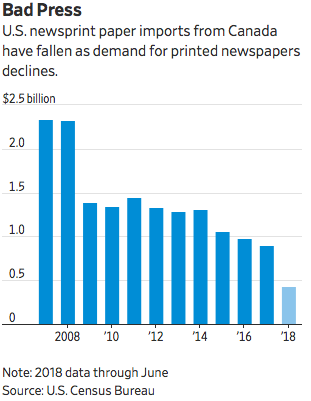
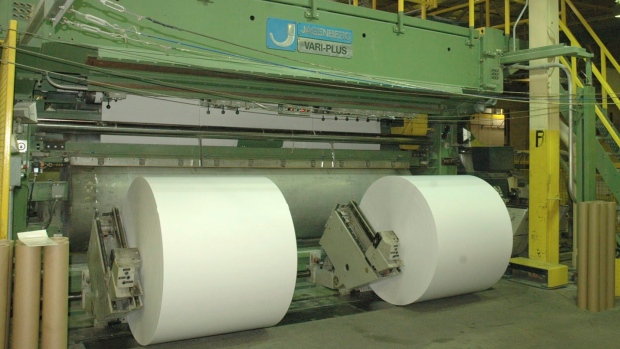 GENEVA — A trade dispute over glossy paper will continue with an appeal to the World Trade Organization, even though the United States announced last month that it had ended countervailing duties on Canadian producers. The WTO announced Monday that the U.S. Commerce Department had filed an appeal of a WTO panel ruling on July 5. …U.S. Trade Representative Robert Lighthizer said… the WTO panel report undermined U.S. legal grounds to combat “unfairly subsidized imports that disadvantage our workers and businesses.” …The WTO panel had largely ruled in favour of Canadian producers of supercalendared paper, such as Port Hawkesbury Paper. …The main U.S. producer of the glossy paper stock, Verso Corp., also told the U.S. commerce secretary in March that it was no longer interested in continuing with the duties following a settlement with some Canadian producers.
GENEVA — A trade dispute over glossy paper will continue with an appeal to the World Trade Organization, even though the United States announced last month that it had ended countervailing duties on Canadian producers. The WTO announced Monday that the U.S. Commerce Department had filed an appeal of a WTO panel ruling on July 5. …U.S. Trade Representative Robert Lighthizer said… the WTO panel report undermined U.S. legal grounds to combat “unfairly subsidized imports that disadvantage our workers and businesses.” …The WTO panel had largely ruled in favour of Canadian producers of supercalendared paper, such as Port Hawkesbury Paper. …The main U.S. producer of the glossy paper stock, Verso Corp., also told the U.S. commerce secretary in March that it was no longer interested in continuing with the duties following a settlement with some Canadian producers.


